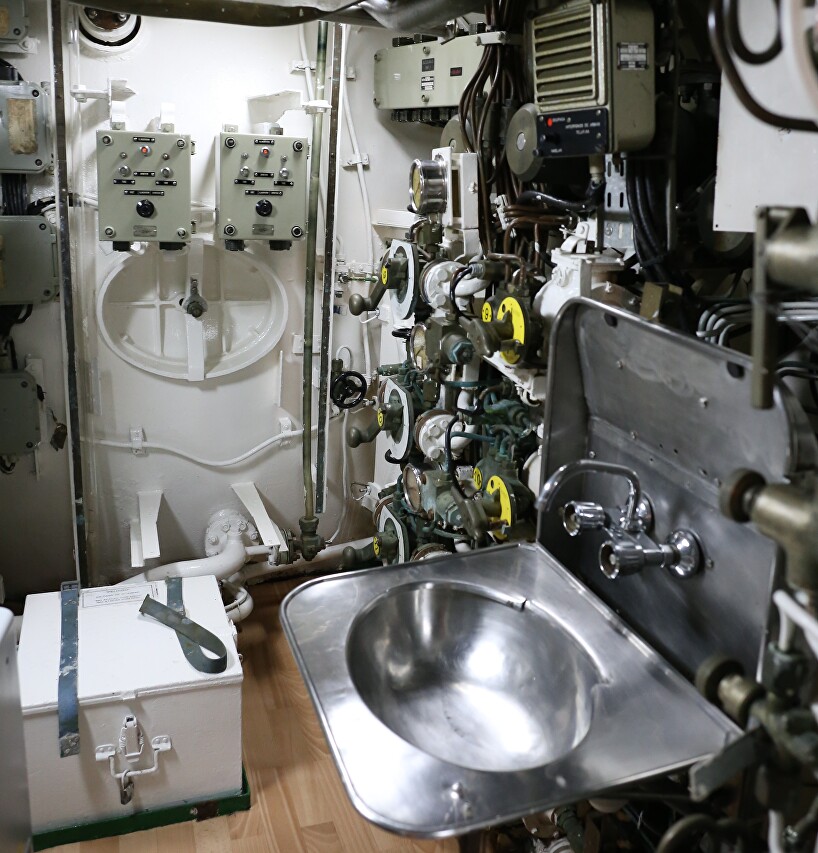S-61 Delfín Submarine. Torrevieja
The main floating exhibit of the small Maritime Museum of Torrevieja is the Dolphin submarine (Museo Flotante Submarino S-61 Delfín).
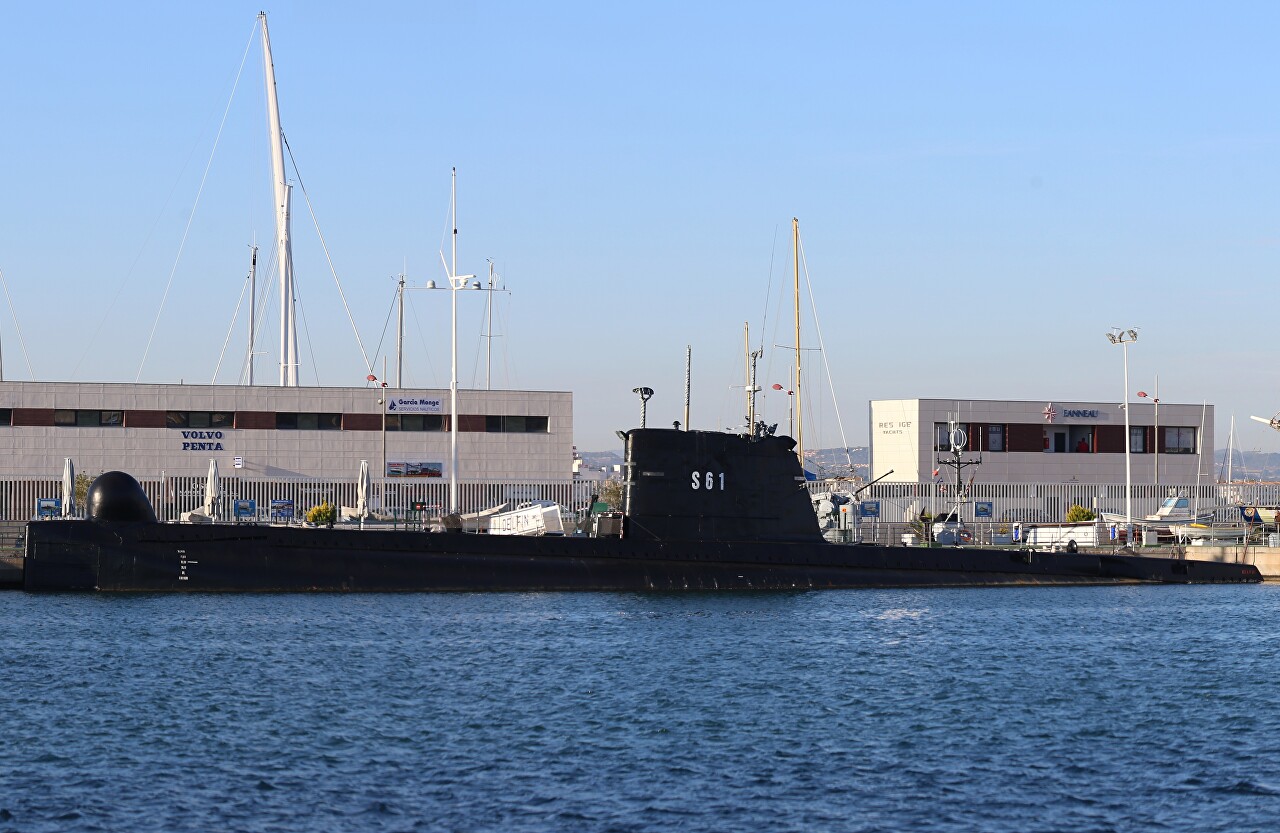
The submarine belongs to the Daphné class (French. "Wolf berry"), which were built in France from 1958 to 1970, both for their own fleet, and for sale.
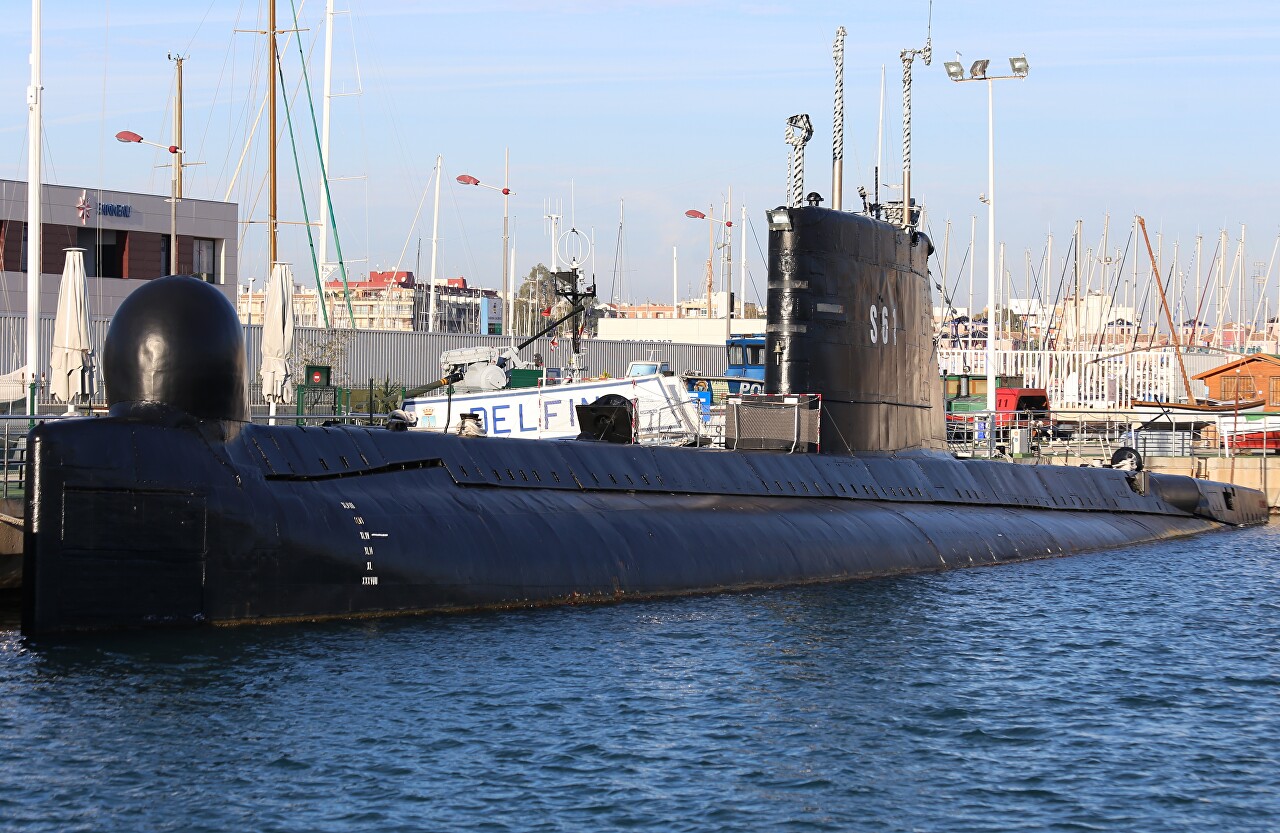
The ship was 57 meters long and had a displacement of 860 tons when surfaced and 1,038 when submerged. The boat was powered by two diesel-electric units of 800 HP each. This provided a speed of 15 knots (28 km / h) during a submerged attack, a cruising submerged speed of 8 knots (15 km/h) on diesels under the schnorchel, and a surface speed of 12 knots (22 km / h).
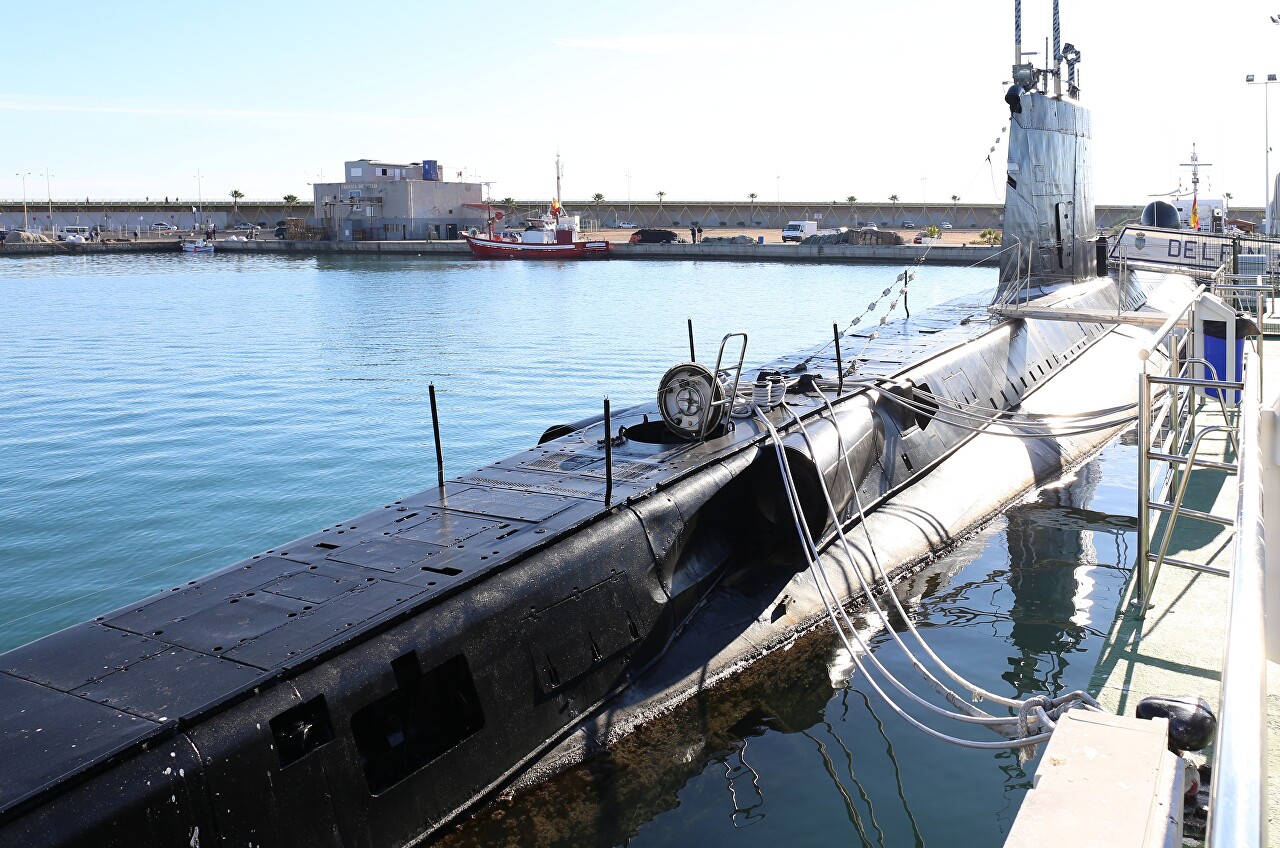
The boat could dive to a depth of 300 meters. Fuel reserves at an economic speed of 7 knots were enough for 10,000 nautical miles (18500 km), a very good indicator. The duration of Autonomous navigation is up to 30 days.

The French Navy received 11 Daphné units, 15 served in the navies of Portugal, Pakistan, South Africa, the last boat was decommissioned in 2010. There were 4 such ships in the Spanish Navy.
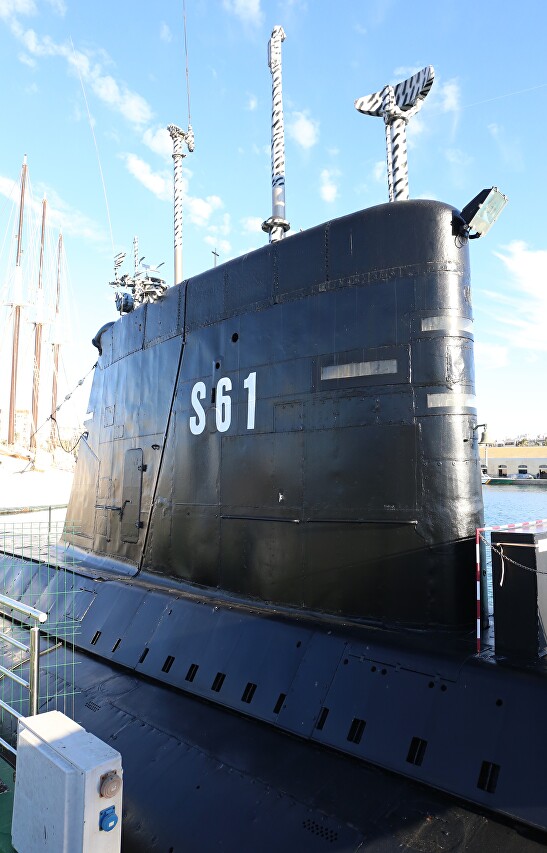
With good running and fighting qualities, the daphné project is considered unsuccessful, mainly due to design flaws. The French Navy lost two boats, in 1968 and 1970, an investigation found that the cause of the disasters was the design of the snorkel (pipes for air intake in the underwater position). In addition, the boat suffered from many small problems with the equipment.
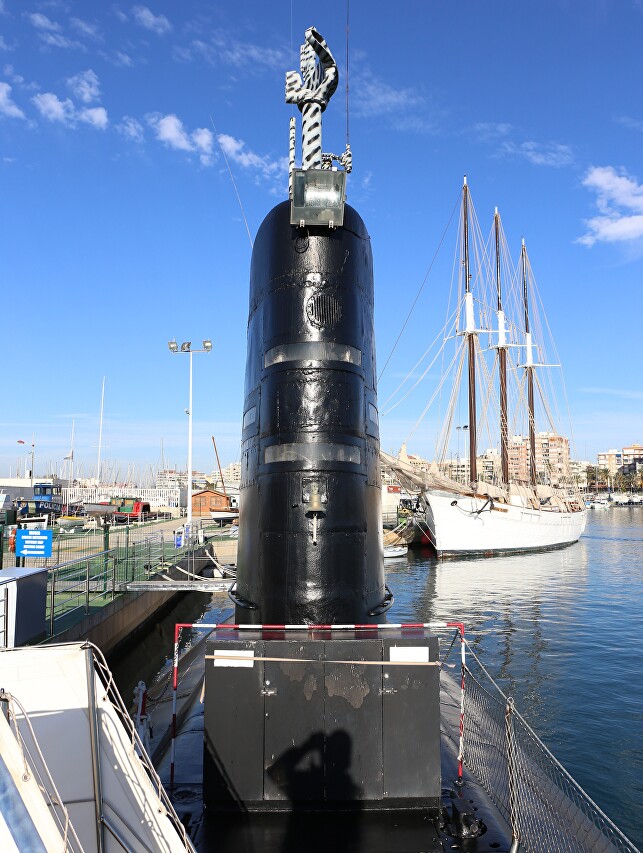
The Delfin submarine was launched in 1973 and served in the Spanish Navy for exactly 30 years. In 1974, the Ministry of defense handed the ship over to the Torrevieja city Council, which did not know what to do with it for another thirty years.
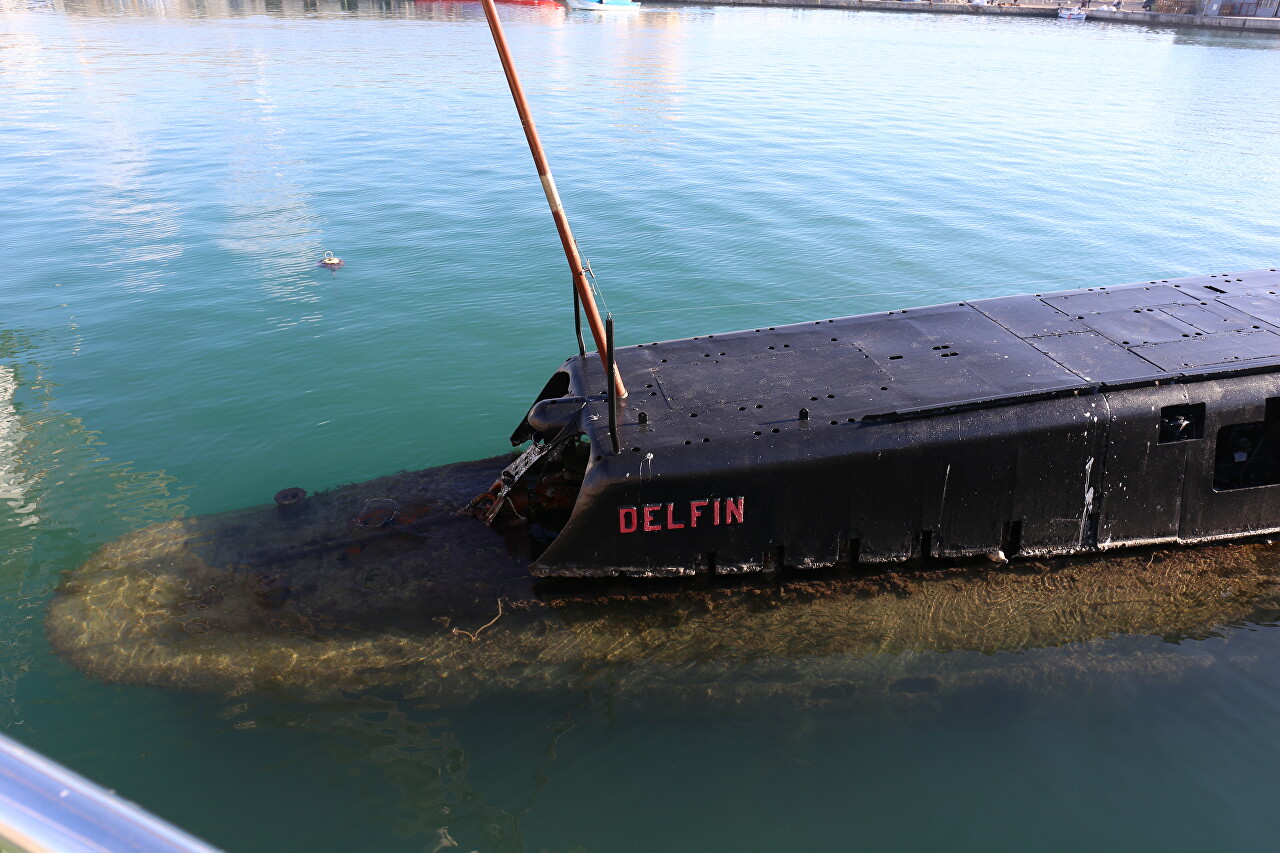
Finally, the boat was repaired and opened to the public on may 8, 2004. This is the first Spanish Navy warship to become a Museum.
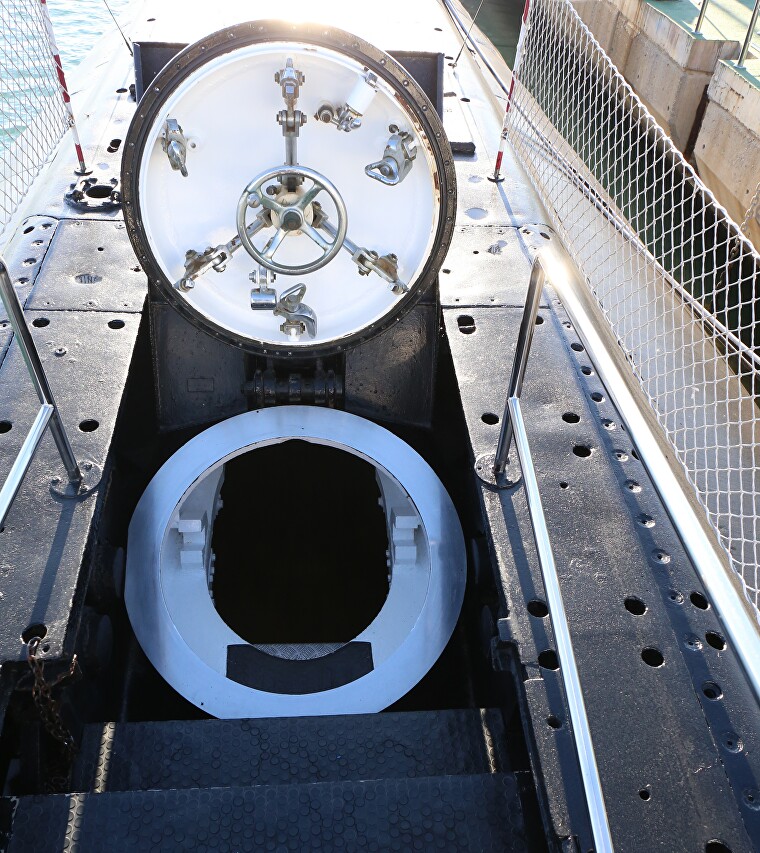
Forward torpedo compartment. There were 8 units of the French standard 550 mm, and 4 more were located in the stern. Ammo by one torpedo on the launch tube.
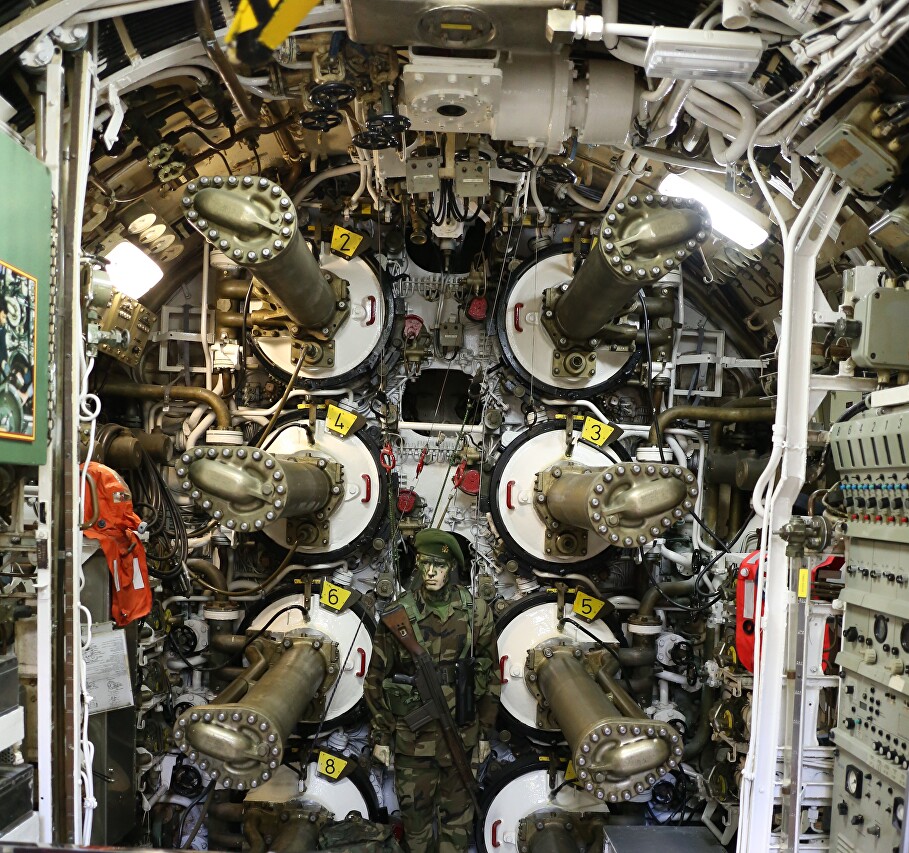
Control panel for four starboard torpedo tubes.
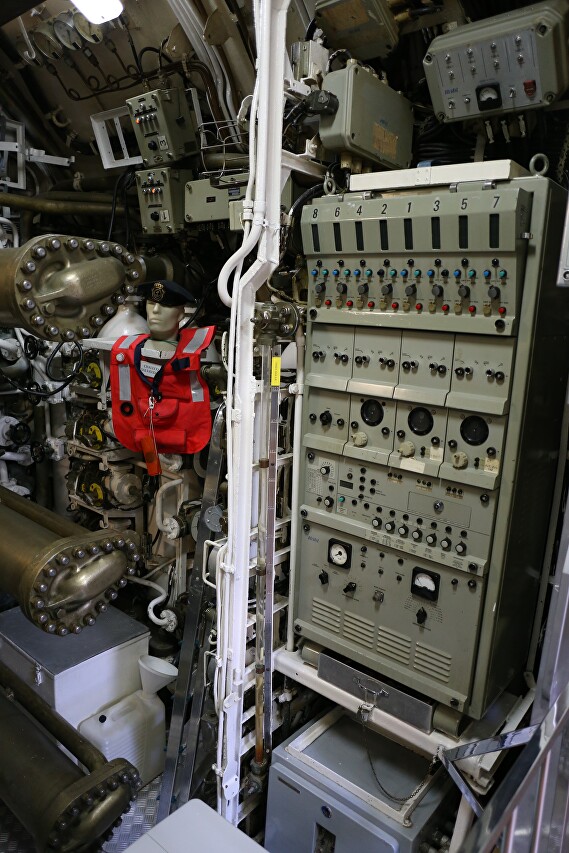
Here, near the torpedo tubes four-tiered bunks of the torpedo. The role of lockers for personal belongings is performed by hanging bags.
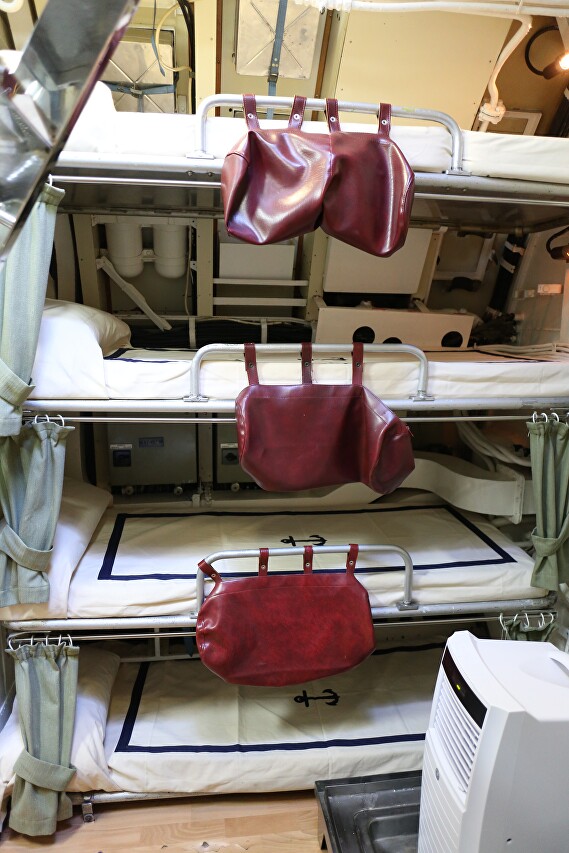
Officer's cabins have more comfort - four soft bunks in two tiers, a washbasin, lockers and shelves for personal belongings.
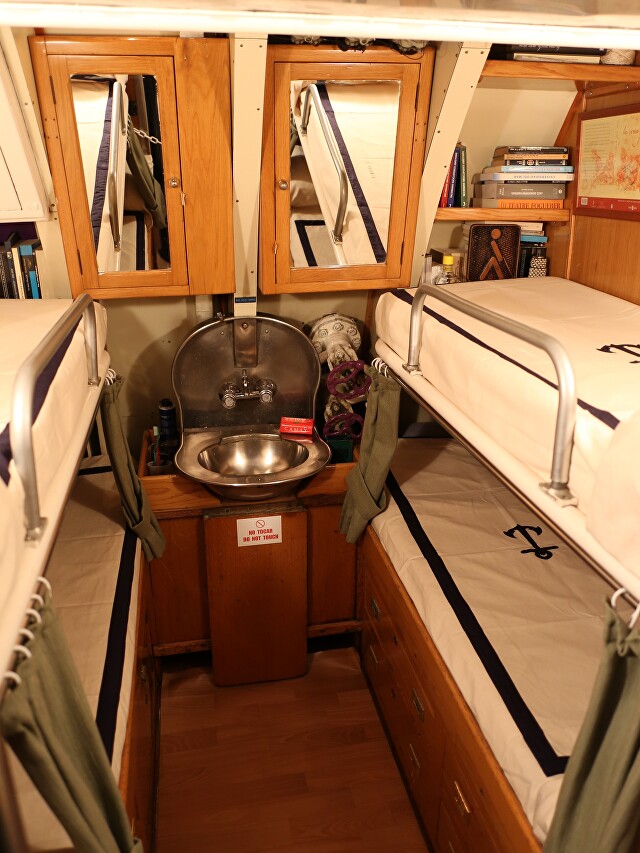
The commander's residence is perhaps even more modest than that of the officers.
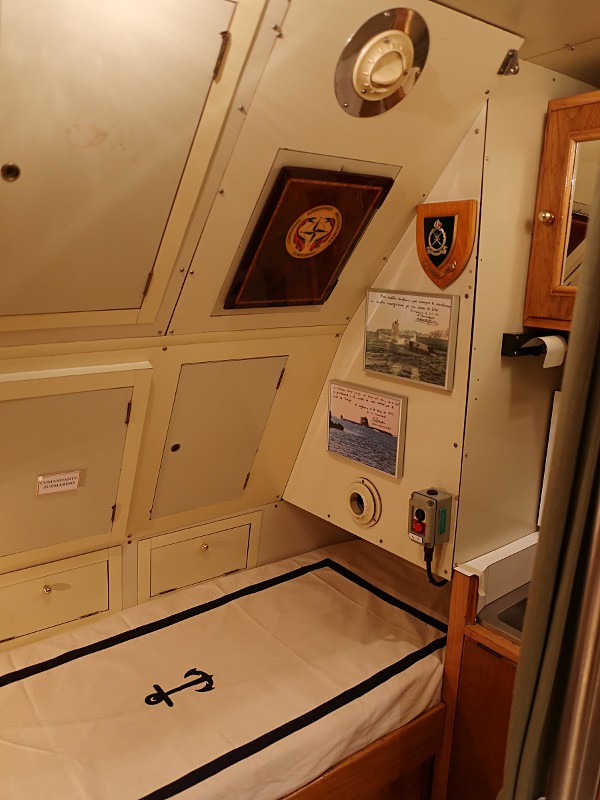
The cabin is small and cozy. Mandatory portraits of king Juan Carlos I, the most popular monarch in modern history.

There is a galley next to the living quarters.
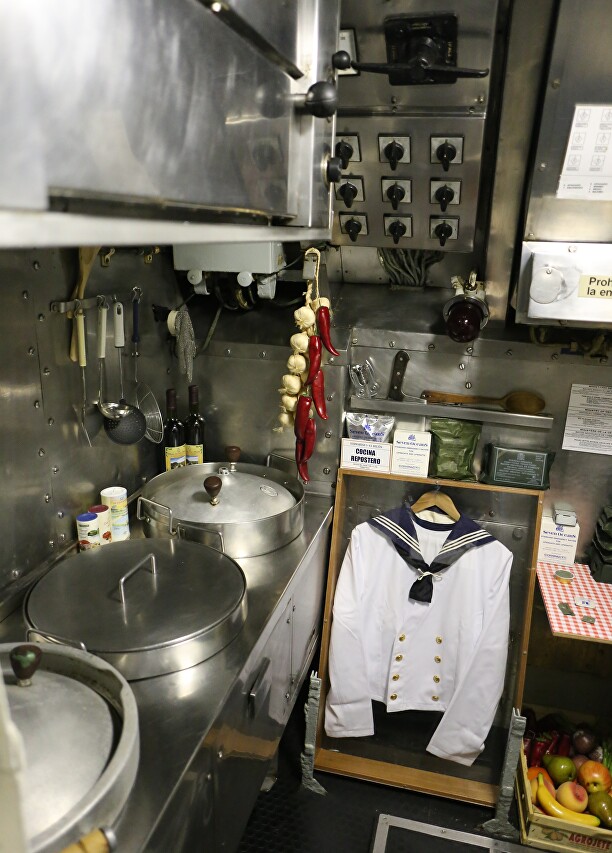
Although there is a small selection of dishes, there are even wine glasses.
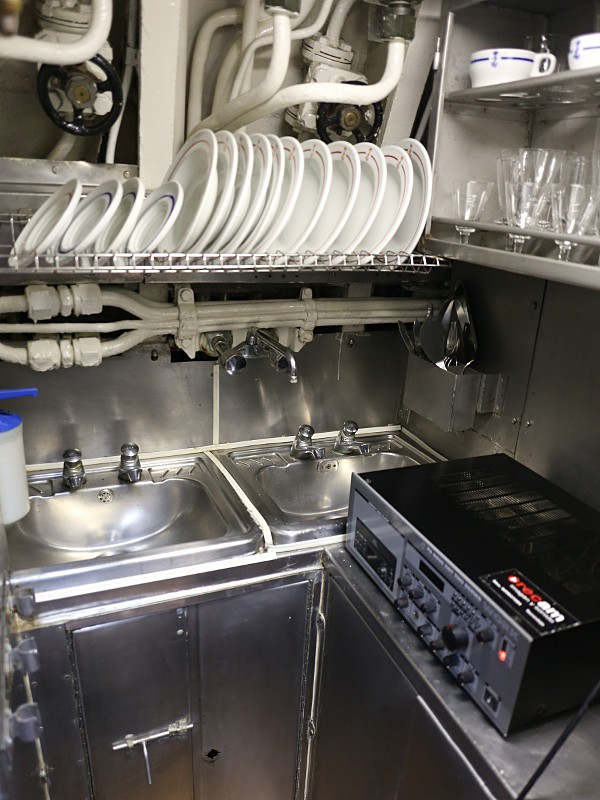
The heart of the boat is the Central post. Here are collected devices for navigation and control of torpedo weapons.
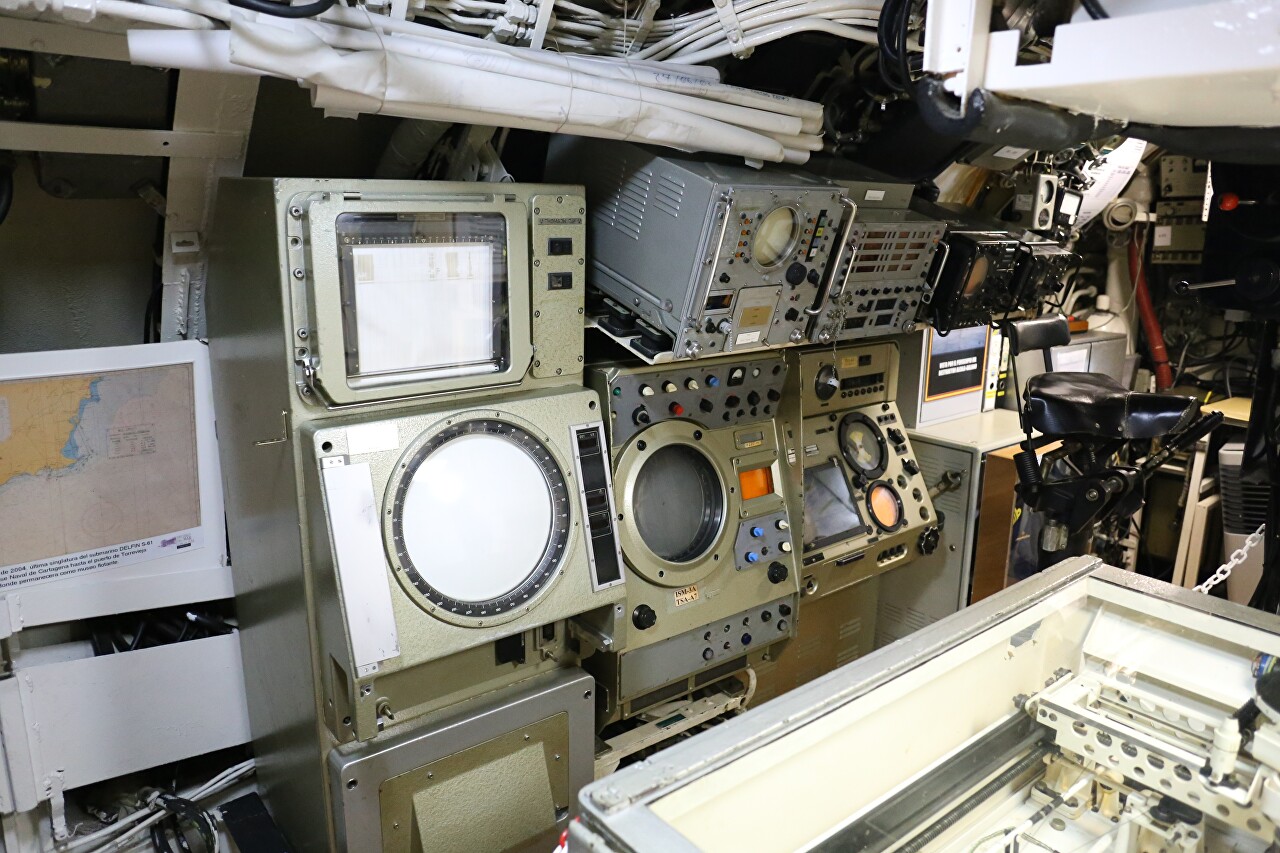
Places of operators of vertical and horizontal rudders. The steering wheel is a bit like an airplane.
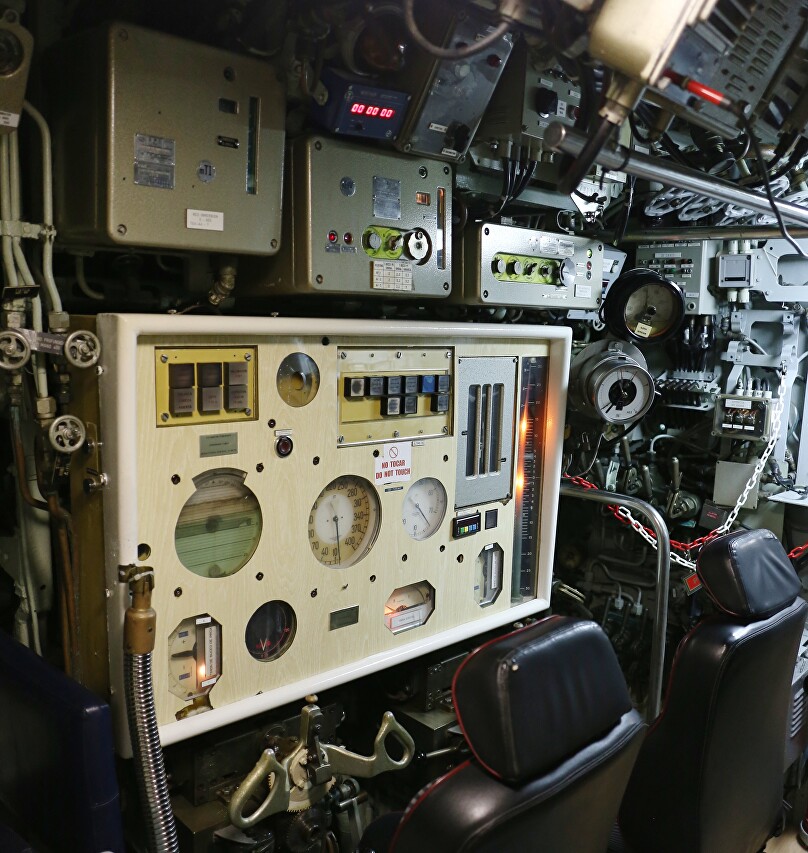
Torpedo firing computer. These complex mechanical devices calculated the angles and lead times for launching torpedoes, taking into account many factors - the speed of the target, distance to it, course, and other parameters.
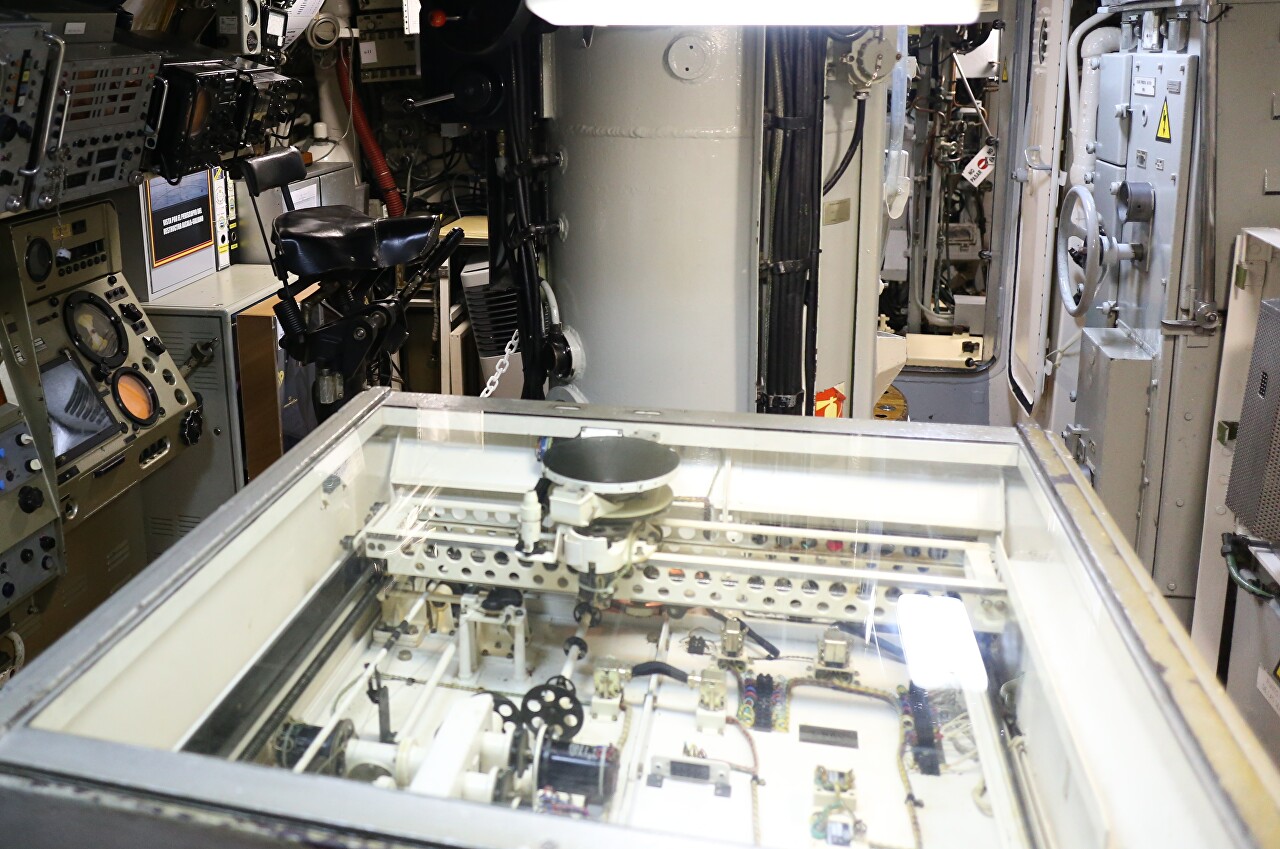
Later these bulky units were replaced by electronics.
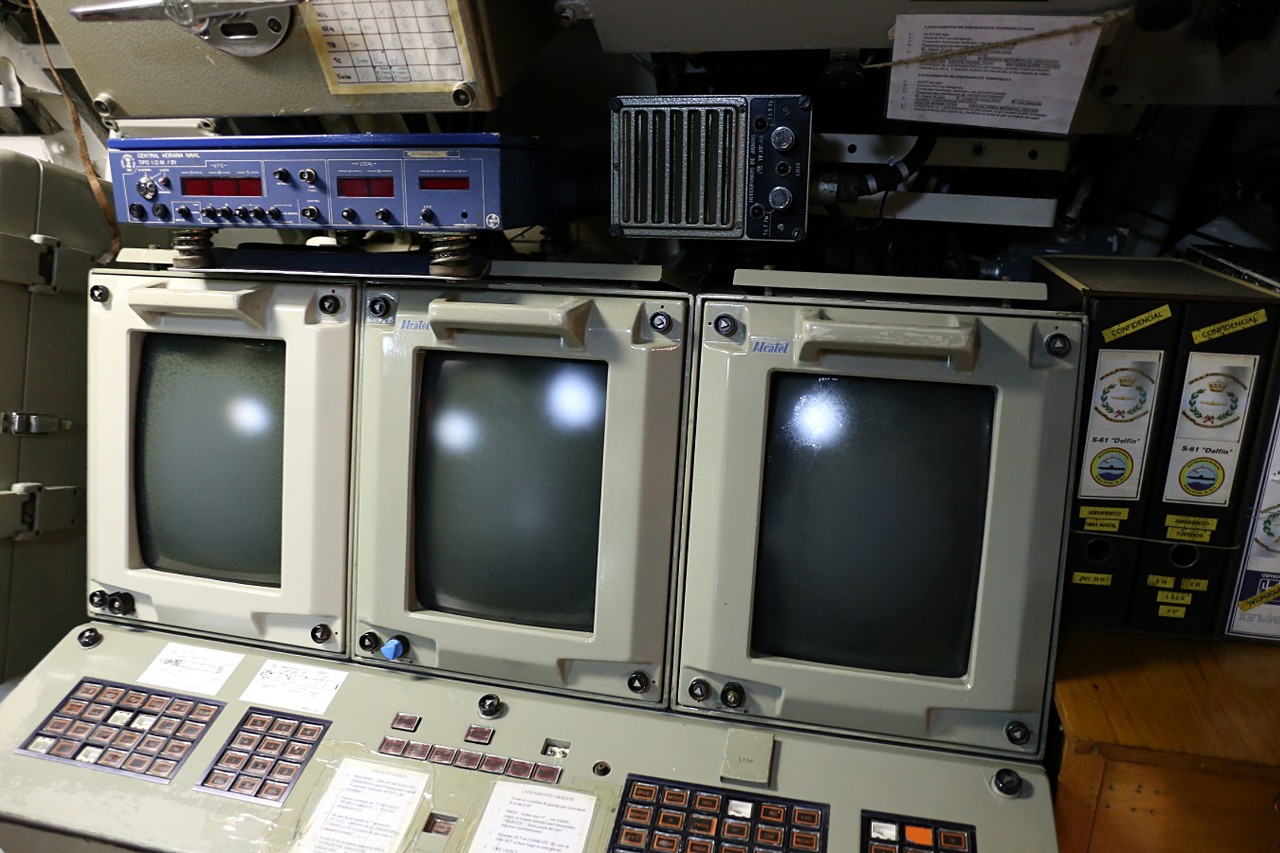
A periscope is a device for observing the surface of water in an underwater position.
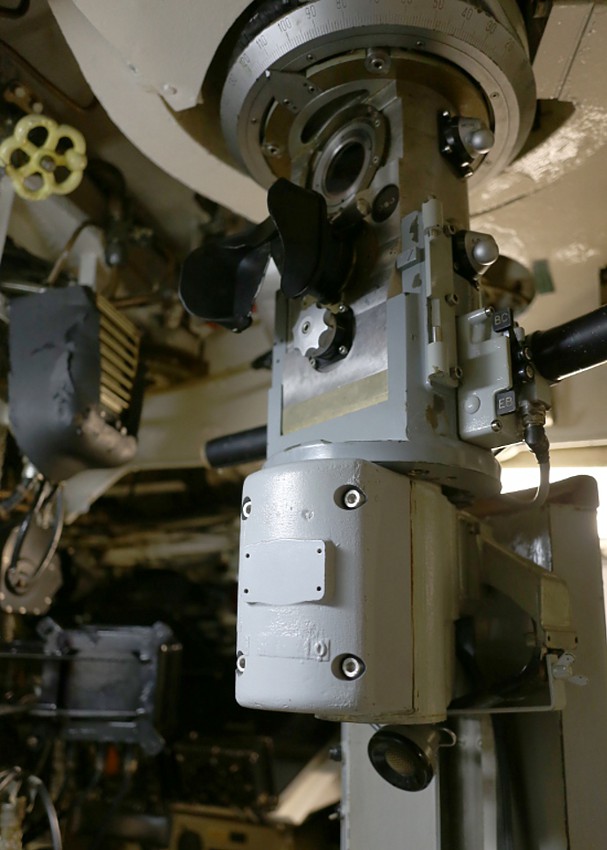
Course recorder.
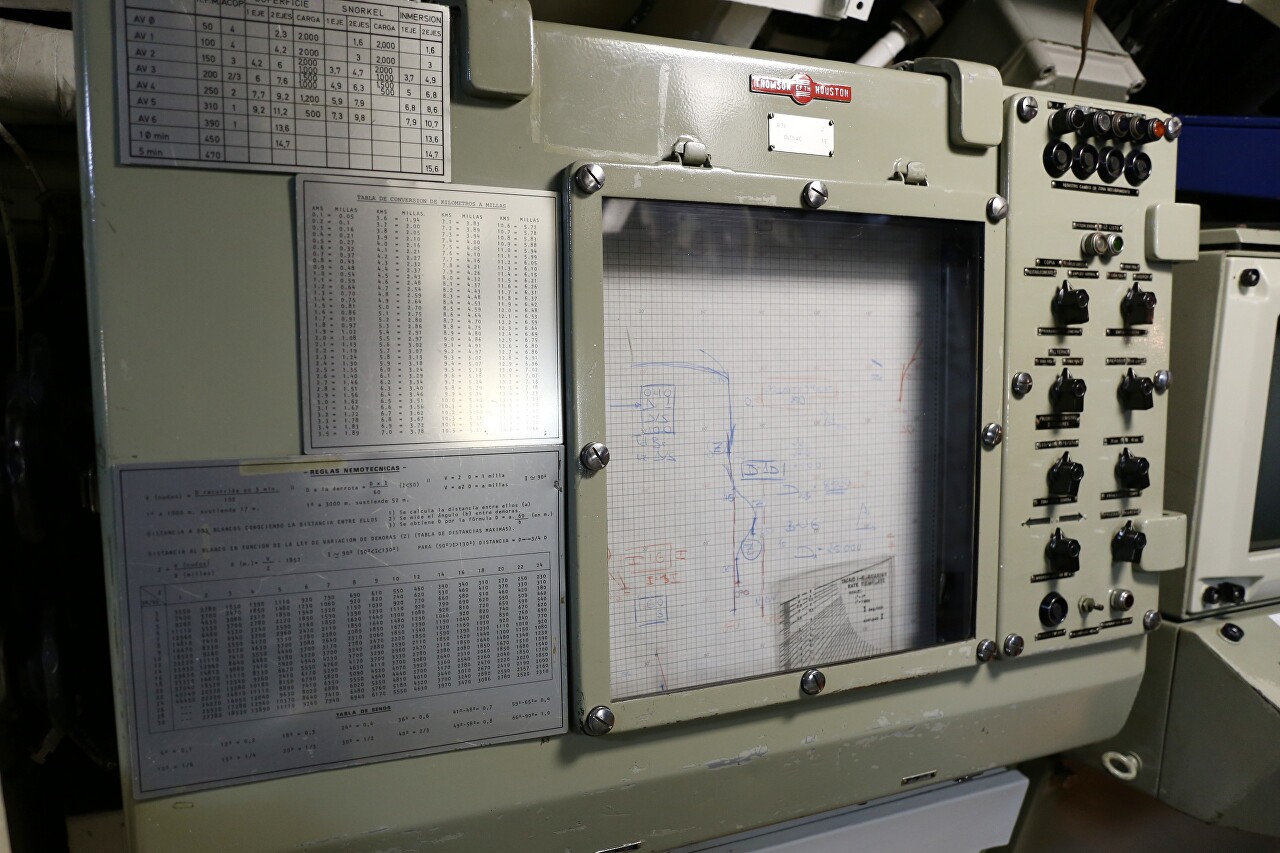
Hydroacoustic station, the receiving devices of which are located in a hemispherical superstructure in the bow of the vessel. These are the eyes and ears of a ship in an underwater position, which can be used to attack the enemy without visual contact.
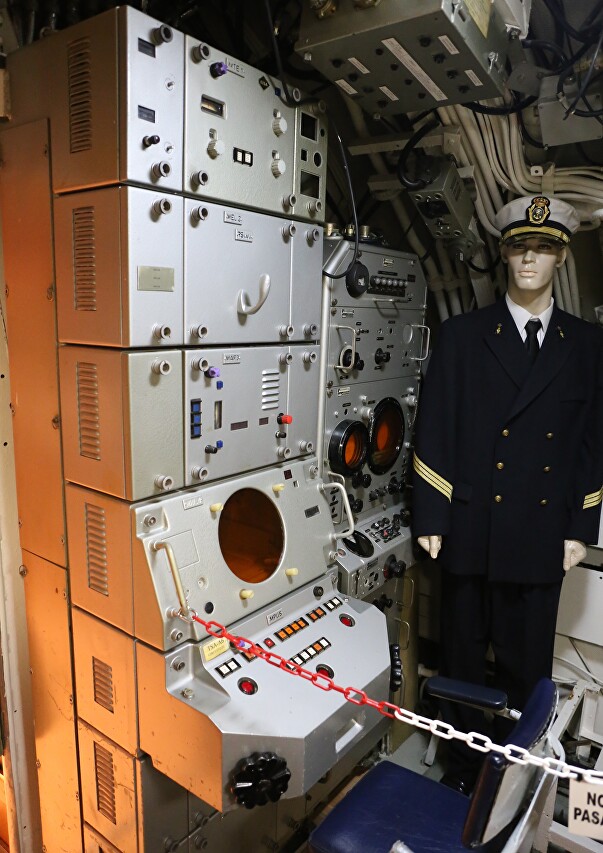
Valves of the ballast tanks.
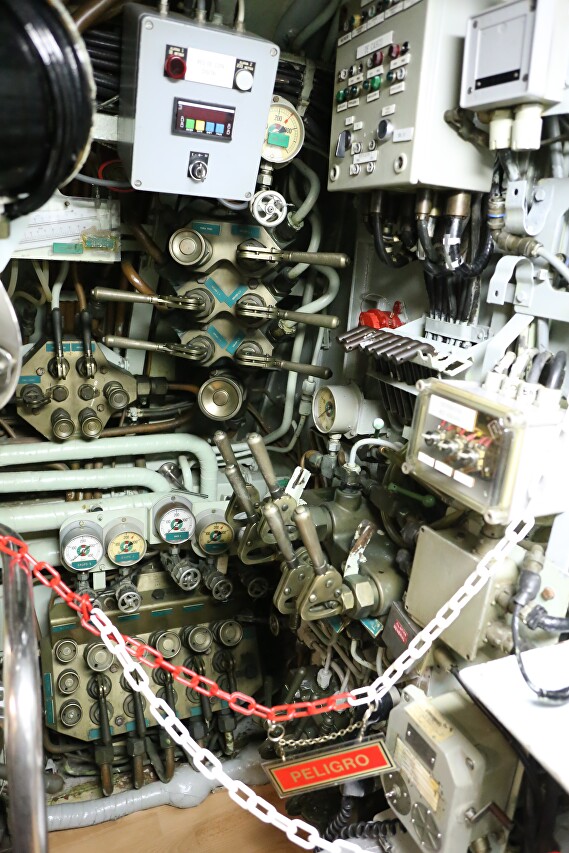
They are used for diving and surfacing, as well as orientation of the submarine.
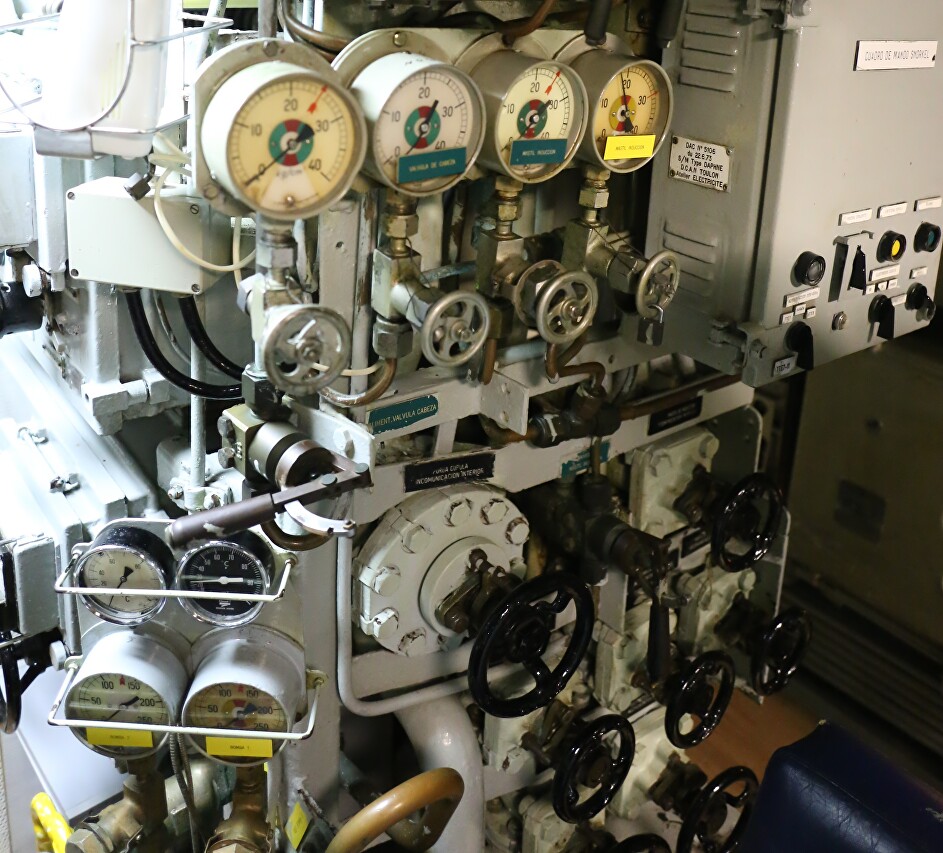
For diving, the tanks are filled with water, for surfacing, they are forced out of them with air under high pressure. By filling or emptying the tanks on different sides, aft and in the bow, you can control the position of the boat in the water.
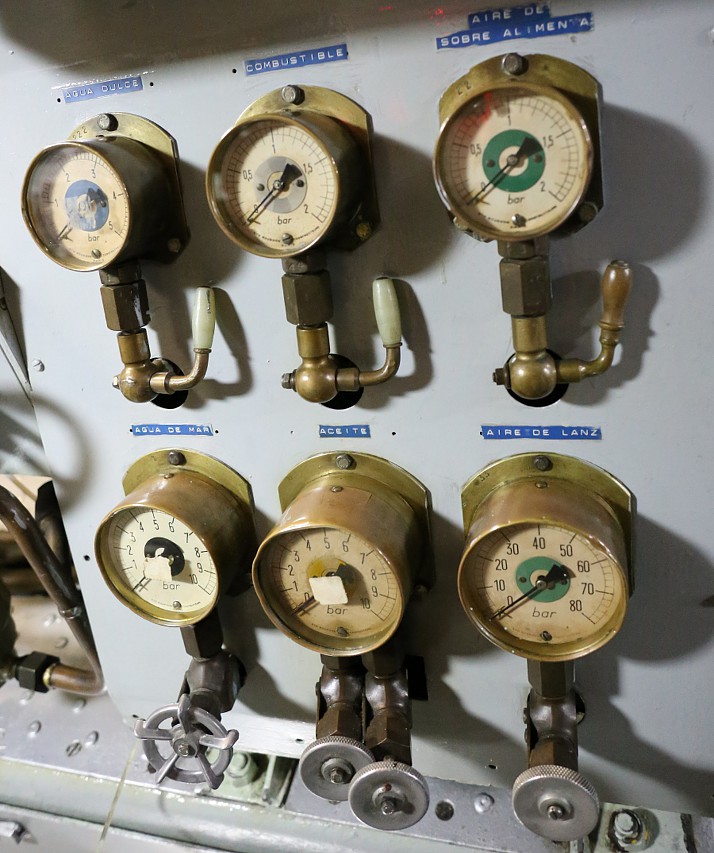
The inner part of the snorkel, air intake devices. In the submerged position, being at a shallow depth, the boat raises the pipe through which air is sucked, which ensures the operation of diesels. This allows you to recharge the batteries and ventilate the compartments without surfacing.
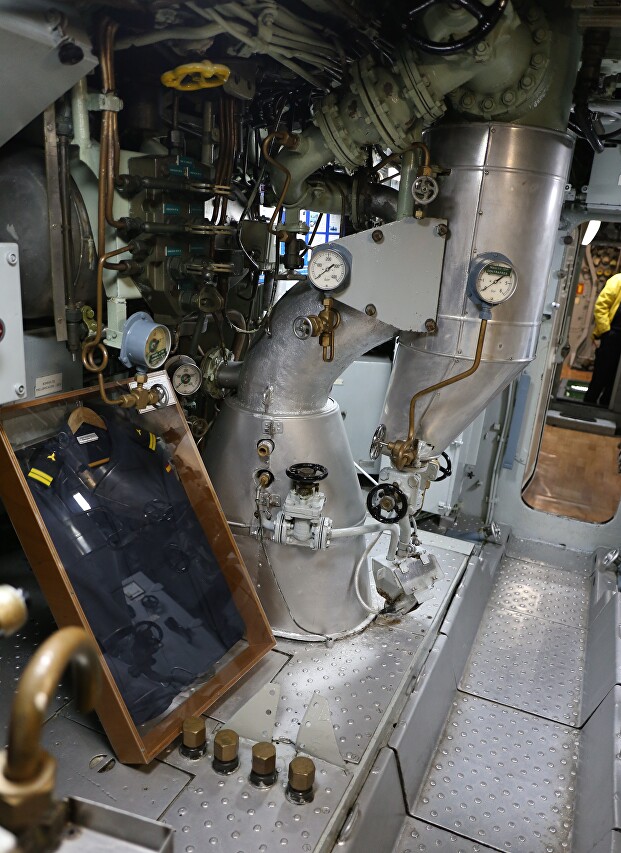
Main electric power distribution board.
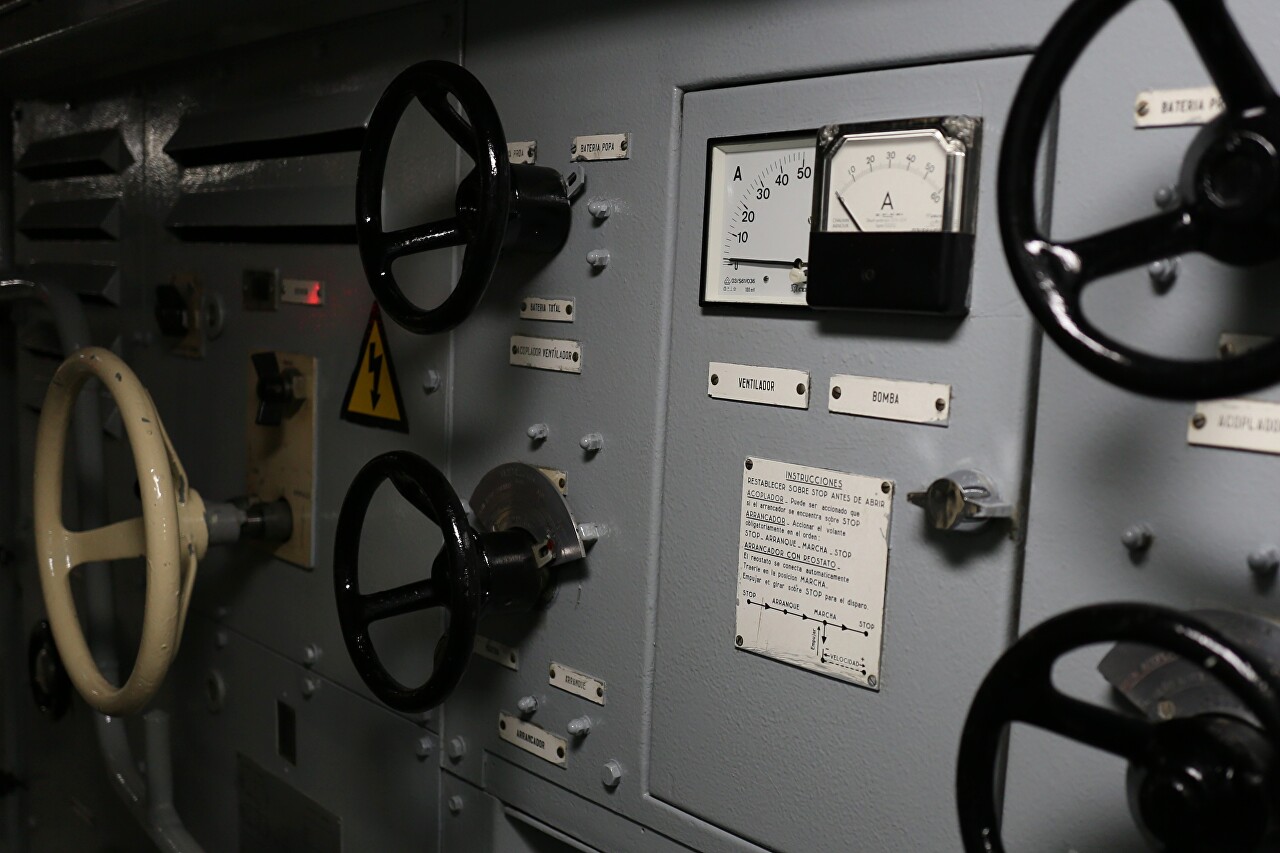
Control panel for running motors with current and voltage devices. In the center of the propeller shaft speed indicator, at the bottom-bearing temperature indicators.
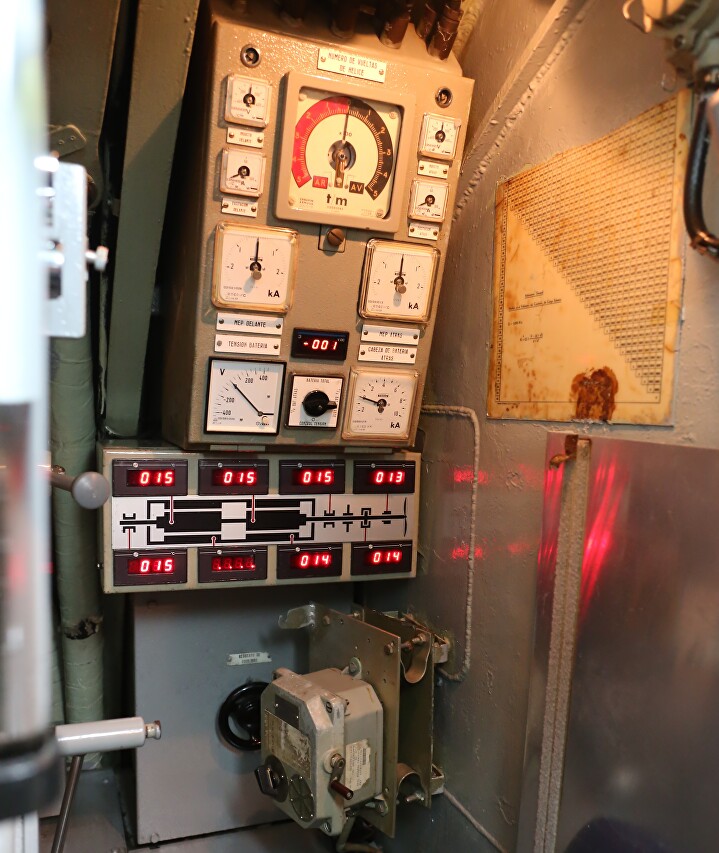
The aft living compartment. The boat's crew numbered 50 sailors and consisted of 6 officers, 24 non-commissioned officers and 20 sailors.
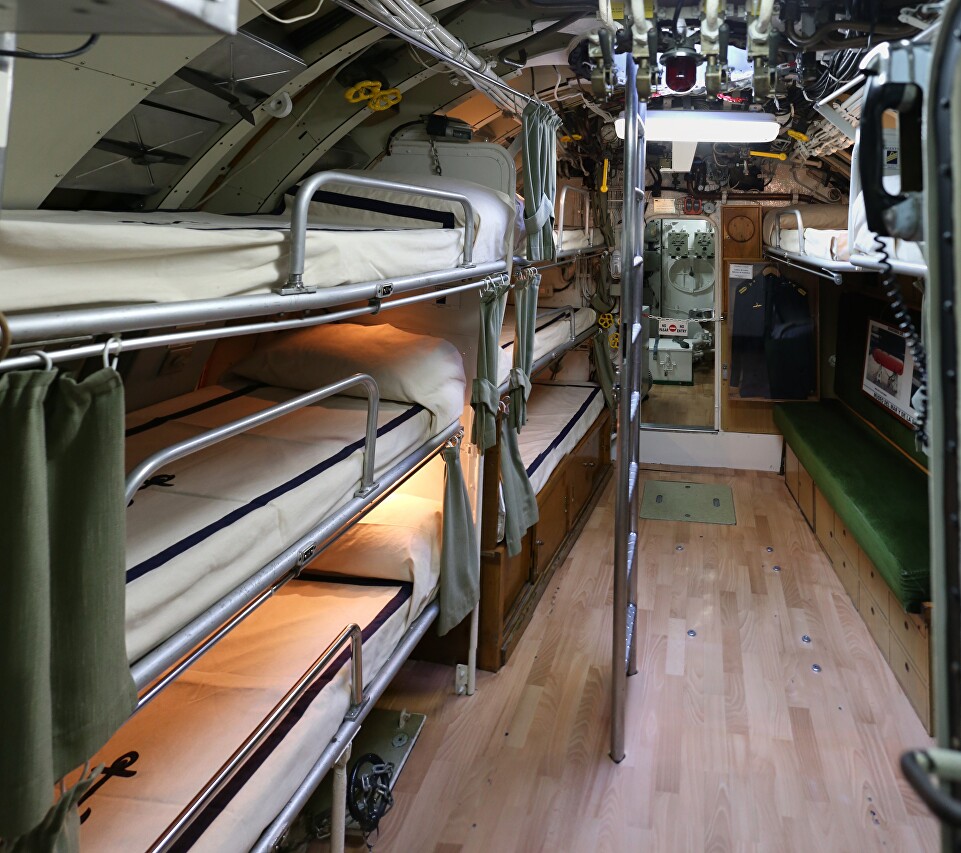
Of all the amenities in the stern, only the washbasin, located among the valves and electrical equipment. Nevertheless, I want to say that the living conditions of the crew here are much more comfortable than I saw in the Soviet diesel boat of the Foxtrot class, built around the same time.
